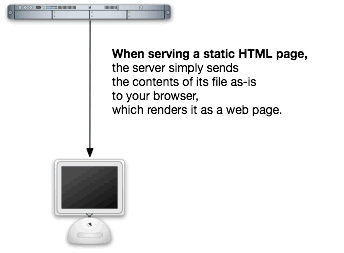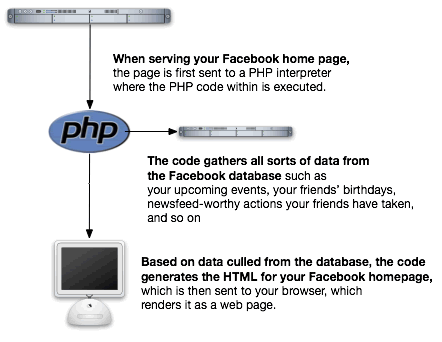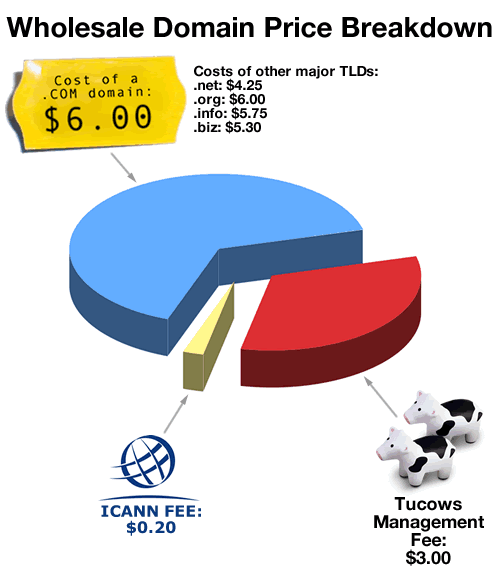My friend Miss Fipi Lele sent me a scan from The Usborne Guide to Computer and Video Games, a children’s book published in 1982:

Image courtesy of Miss Fipi Lele.
I was quite impressed with how many predictions the book got right. Here are some excerpts from the “Videogames in the future” section of the book, followed by examples of the predictions coming true.
Here’s what the Guide had to say about “TV games” in which you can take part in battles. Remember, this was published when the Atari 2600 (which was still called the Atari VCS — short for “Video Computer System”) and the Mattel Intellivision were established consoles and the Colecovision had just been released:
A TV game with a very large memory will be able to reconstruct detailed pictures of say, the Battle of Waterloo or a space battle, and the players will be able to control far more of the details in the picture than they can today.
Score one point for the Guide. Although the game History Channel: Civil War got poor ratings, it fulfills the prediction. Here’s a screenshot:
Here’s the Guide on sports games:
In TV sports games you will probably be able to control each of your team members individually. These games will also have electronically synthesized voices and the referee will tell you when you are offside or given a free kick.
Score another point for the Guide. Here’s FIFA Soccer 2008:
The Guide has this to say about multiplayer games:
At present, most computer games are for only one or two players. More powerful computers though, will be able to cope with instructions from a number of people playing at the same time, either as teams against each other, or against the computer.
Another point for the guide! Case in point: a video of gameplay from the Halo 3 multiplayer beta…
Video duration: 9 minutes, 48 seconds.
And finally, here’s what the Guide predicts for handheld games:
Hand-held electronic games will still have liquid-crystal displays, but they will probably be in full colour and will be as detailed and realistic as pictures for a TV programme today.
Yet another point for the Guide: here’s Burnout Dominator for the PSP…
Late-Breaking Update
Serves me right for not Googling first: the Level Up blog at Sun has a complete set of scans of the book. Check it out!






 By now, you’ve probably heard that for a brief period,
By now, you’ve probably heard that for a brief period, 




























